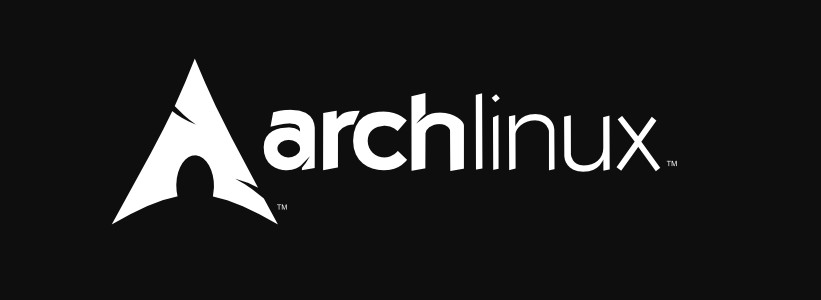
Arch is a rolling release distro that was launched in 2002. It is my favorite Linux distro. Before installing Arch, I had tried several Linux distros but none of them were perfect. Most Linux distros I have used had some issues. Then, I installed Arch. In the last two years, I’ve installed updates on the day they were rolled out. Excluding a minor dhcpd service issue, I have never encountered any issue with the Arch Linux OS. Here’s my review of the OS:
Review of Arch Linux
Installation
As Ubuntu, Debian, OpenSUSE, Fedora, and many other Linux distros ship with a GUI OS installer tool, they’re easy to install. Arch Linux offers a command-line OS installer. You’ll have to run Linux commands to change the root, create partitions, select timezone, set keyboard layout, set up the network, install desktop manager, etc during the installation. There are several online step-by-step tutorials you can follow to install the Arch Linux OS. You should follow the tutorials carefully (especially the disk partitioning part).
To make sure you don’t lose an important partition, you should first shrink one of your computer’s partition with the disk partitioning tool of the existing OS to free up space before using/running the Arch Linux installer. Installing the basic stuff doesn’t require an internet connection but to install the desktop environment and the required software, you must connect your laptop/PC to the internet. Unlike other distros that install several applications that you may not use, Arch lets you install only the applications that you require.
Software/Packages
Arch Linux software collection comprises all popular as well as nonpopular open-source applications, programming languages, browsers, database servers, tools, games, etc. Packages are grouped into two categories – Official and AUR. Before installing a package, you can either search for it with Pacman or look for the package on the official Arch Linux packages website. Pacman is the best command-line package managing tool. It allows you to install and manage packages available in the official Arch Linux repository.
The Arch Linux official website has a search utility that you can use to find packages by their name. To check if the package is available or not, you can enter a few characters or a word in the box and click the search button. The website makes you aware of outdated packages. It also enables you to filter packages by repository, maintainer, etc, and see the script that will be run to install the package (pkgbuild).
Aur Repository and helpers
Aur Repository is the place where you’ll find third-party, closed source applications such as Spotify, Google Chrome, Microsoft Visual Code Binary, WPS Office, etc. You cannot install packages available in the AUR repository with Pacman. To install AUR packages, you should install a special program called “AUR Helper”. There are several AUR helpers. To choose a helper, you should take the programming languages you use into consideration. If you do so, you won’t have to download additional packages. For example, if you use the Go programming language, you should install YAY as it is based on Go. Users that use Linux for administration use or for regular use can go for Pikaur. Pikaur, in my perspective, is the lightest AUR helper. Pikaur is based on Python and requires basic knowledge of the VIM editor. I have used yay. To use yay, I had to install the Go programming language. I didn’t have to install python to use Pikaur.
Performance
If you use a good and stable desktop environment, the performance of the OS will be good. You can install as many desktop environments as you want. To be honest, you should stick with a single DE. This is because each desktop environment ships with its own set of applications.
Multimedia
The Arch Linux software repositories i.e. AUR and Official have several media player software. They also give you access to codecs that are required to play modern media file formats i.e. AVI, MP4, etc.
Is Arch Linux too technical?
No. The only technical part is that you install the OS base files, set up the network, and install the desktop environment/manager manually (by running commands). Pacman and Pikaur are easy to use package managers. If you don’t want to use the command line package manager, you can use the desktop environment’s software management tool. For example, KDE users can install software with a program called “Discover”. There’s no guarantee that the package you’ll update/install will be bug-free. If a package you update/install causes an error, you’ll have to fix the issue by yourself. Fortunately, Arch WiKi covers various types of issues and their solution. You can refer to the Arch Wiki in case you encounter a problem after updating or installing any package.
Arch is suitable for which users?
Arch can be used by people who are looking for a stable rolling release Linux OS that gives users access to 1000s of packages. Beginners and advanced users can use the OS.
Will you have to add third-party repositories?
I’ve been using Arch Linux for 3/4 years. I’ve never felt the need to add a third-party repository. This is because Arch AUR and Official repository have all packages that I require.
Final thoughts: Arch is a great Linux distro. The OS offers a powerful package manager and gives you access to 1000s of packages.


